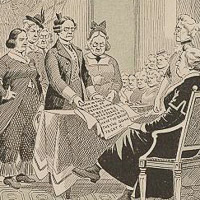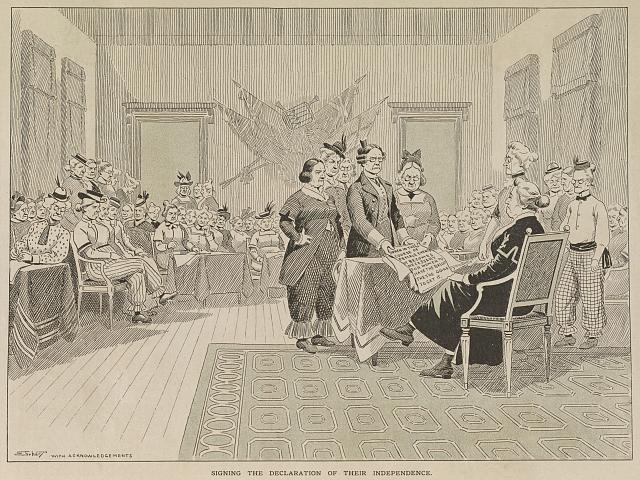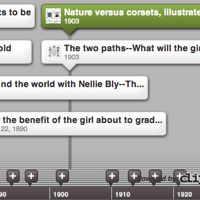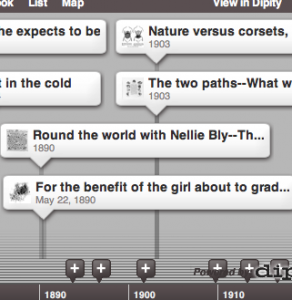 My Social Studies Methods class at the University of Portland recently published a free multi-touch iBook – Exploring History: Vol III (free iTunes). It features thirteen engaging questions and historic documents that empower students to be the historian in the classroom. For more info on our project and free download of multi-touch iBook and pdf versions click here. To better publicize student work, I’m featuring each chapter in it’s own blog post. (Tenth of 13)
My Social Studies Methods class at the University of Portland recently published a free multi-touch iBook – Exploring History: Vol III (free iTunes). It features thirteen engaging questions and historic documents that empower students to be the historian in the classroom. For more info on our project and free download of multi-touch iBook and pdf versions click here. To better publicize student work, I’m featuring each chapter in it’s own blog post. (Tenth of 13)
Regulation Through the Years By Chenoa Musillo Olson & Sarah Wieking
Download as PDF 5.9MB
Generative Question: Should people’s bodies be regulated by external authorities?
Critically read the following documents keeping in mind the evolving mentality and arguments of people regarding abortion and birth control. When reading each document think about the similarities and differences between each generation. Also consider key questions:
- What is the main argument being made?
- Who is the intended audience?
- How does each piece play into society? What is significant about the date in which it was published?
- To what extent is regulation or deregulation being argued for?
Writing my chapter for the book has been an interesting exercise in finding sources and being selective in choosing sources accessible to my students. Collecting resources is every historians’ favorite pass time. Exposing students to primary documents is an exciting way to allow students to be historians. I also found that it is a skill that will need to be developed in students: to be able to read a document and discern the important parts. I would hope to use document based lessons as often as possible. I would also like to use primary documents as a means to learn how to analyze literature.
Designing a DBL was an intricate process. It spanned over several weeks and involved many steps. There were many struggles but also many rewarding moments that accompanied the process.
The first dilemma was in deciding on a topic. I cannot even remember the first topic that I selected because it was hardly intriguing. Then it was a working progress once my partner and I decided to create a lesson on abortion and birth control regulation throughout history.





